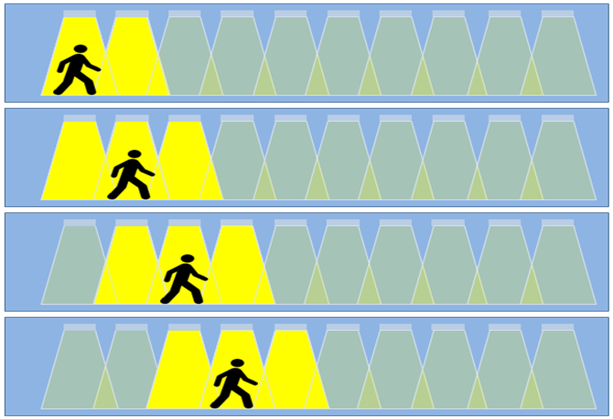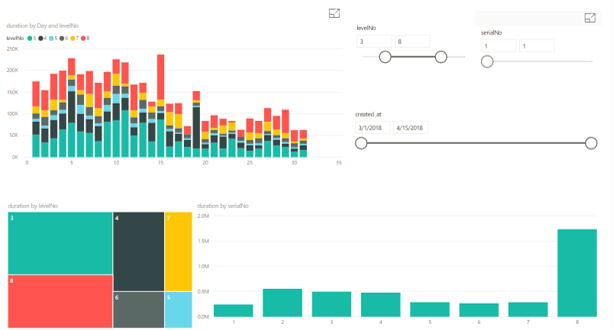ON-DEMAND LIGHTING MANAGEMENT SYSTEM
OUR CLIENT:
The entire On-Demand Lighting Management System consists of LED luminaires, wireless network, and cloud server. It can be deployed to residential blocks, commercial buildings, link ways, car parks, gardens, footpaths, and street lights to achieve energy saving of greater than 50%.
GENERAL FEATURES:
- Consists of wireless networked occupancy sensors, LED luminaires, network management devices and central controller.
- Achieves minimum 50% energy saving of LED luminaires.
- Responds to motion detection and turn on lights in the vicinity of movement.
- Programmable timer to turn on lights or activate smart lighting during night time.
- Multiple dimming controls to reduce lighting power during low activity periods.
- Remote manual override to keep lights on / off.
- Programmable time delay for each light to stay on upon motion detection.
- Programmable luminance function to brighten up to 100%.
- Programmable dimming function to dim down to 10% or less.
- Resume normal operation automatically after fault is rectified.
- Self-diagnostic capability to detect light, sensor and communication failure.
- Fault reporting via email / SMS to improve operation and maintenance.
- Security mechanism through user authentication for system access.
- High network availability in the event of single node failure.
REMOTE MONITORING AND CONTROL:
- Lighting management software for remote monitoring and control of the smart lighting system.
- All sensor status data and configurable lighting parameters are accessible from the remote monitoring and control system via the internet.
- Querying/downloading/viewing of data from the remote monitoring and control system via the internet.
- Allows future connection of additional sensors/meters or other services to the monitoring and control system when required.
- Network and sensors status monitoring.
SYSTEM OPERATIONS:
- During absence of pedestrian or moving vehicle, light level can be dimmed and maintained to safe and secure for pedestrian, passing vehicles and residents.
- Increases light intensity automatically when motion of pedestrian or vehicle is detected.
- Decreases light intensity automatically to reduce energy consumption after pedestrian or vehicle has passed.
- Gradual change of light intensity with dimming control.
- Turns on lights in advance along the path where pedestrian is heading towards.
- Turns on lights in driveway and possible turning lanes where vehicle is moving towards.
- Turns on lights in the vicinity of a junction before pedestrian or vehicle reaches the junction.



